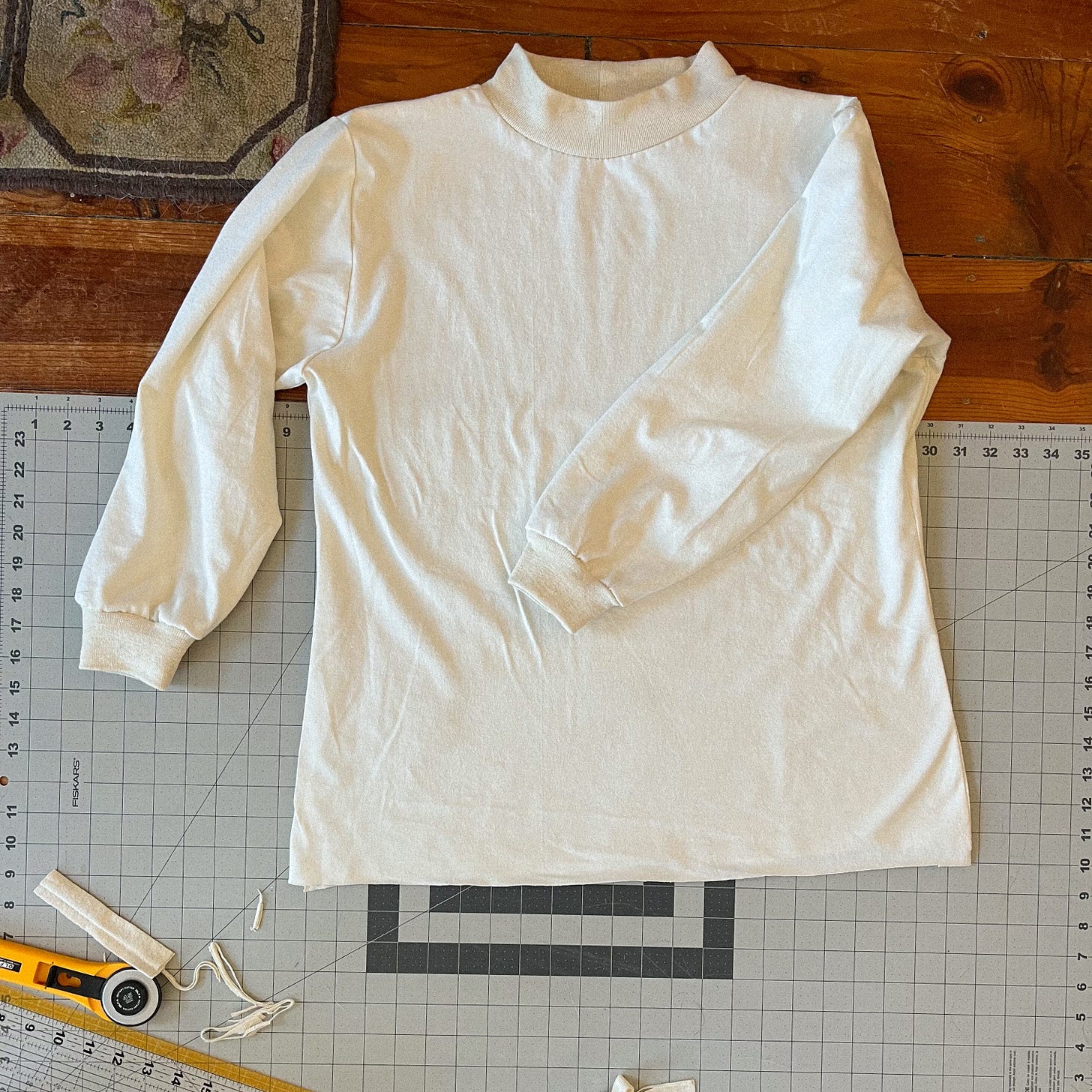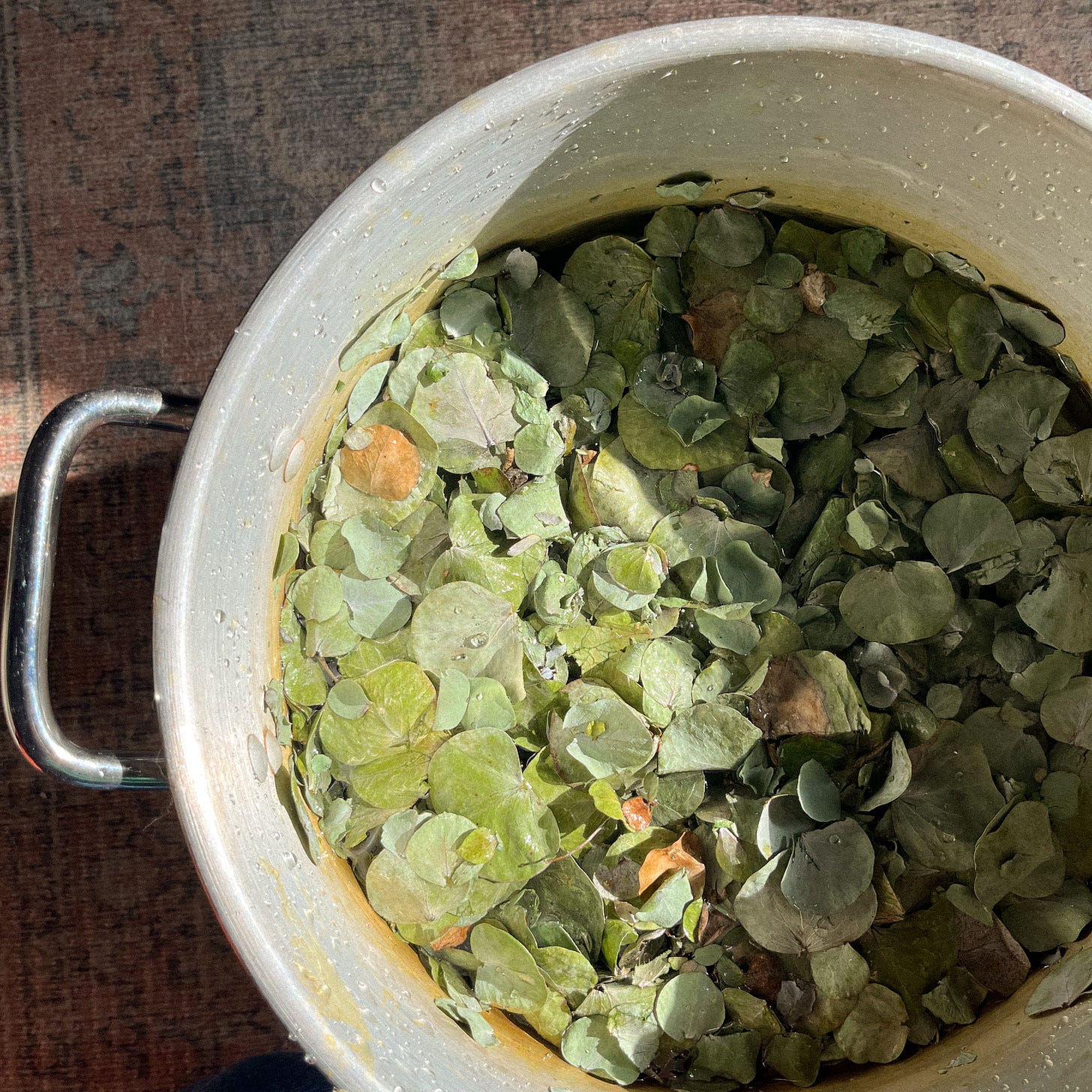When you think of fashion perhaps your first thought isn’t overalls and boots down on the farm, although this is where even the most luxurious of garments start out. The truth is that much of the clothing we wear, the ones made of natural fibers like cotton, linen, hemp, wool, and silk, begins life reliant on soil and sunshine (just like us).
One of my favorite things about growing and harvesting plants is that while oftentimes my hands are busy, my mind is free to wander. I find myself thinking about the many ways in which farming and fashion intersect. Like how my favorite pair of worn denim were once cotton plants growing in a field, which were then processed into cloth and dyed with another plant, indigo. And the many, many hardworking hands involved in getting them to my closet. Throughout the world farmers are at the forefront of fashion, tending to crops and raising livestock for fiber production.
In my years of working as a farmer I’ve come to really appreciate quality workwear for long days in the sun. The pieces I reach for most are almost always made of natural fibers which allow the skin to breathe, rather than synthetic fibers like polyester or nylon, which are made of plastic. I’m not knocking synthetics, they certainly have their place, but that place isn’t in a field during peak summer. The clothing we wear impacts how we work so I’ve been drafting up some designs with farmers in mind.
This is the first sample of what I’m calling the Greenhouse Top.
It’s made of a medium weight hemp and organic cotton fabric which is durable and biodegradable, with 4% lycra to give it a bit of stretch. It’s designed for greenhouse work in spring when temperatures are ranging from 40 degrees to 90 degrees. The long sleeve, mock-neck style is to protect the skin from harsh sun rays and the cuffs are intended to keep soil and water from falling down sleeves while transplanting and watering seedlings. I added a band similar to the neckline around the bottom hem, though I’m not sure I’ll keep that in the next sample. It needs some tinkering still but it’s on its way.
My next step is to experiment with a mordant and dye to add some color to the fibers. I’ve got a dyepot of eucalyptus simmering that I’ll test some scrap pieces in this afternoon!
Farming, slow fashion, making art, climate care, tending land, tending to community… it’s all connected. I’m so inspired by the work being done by folks in these spaces and will continue exploring these intersections in this newsletter.
Thanks for being here!
-Mel






